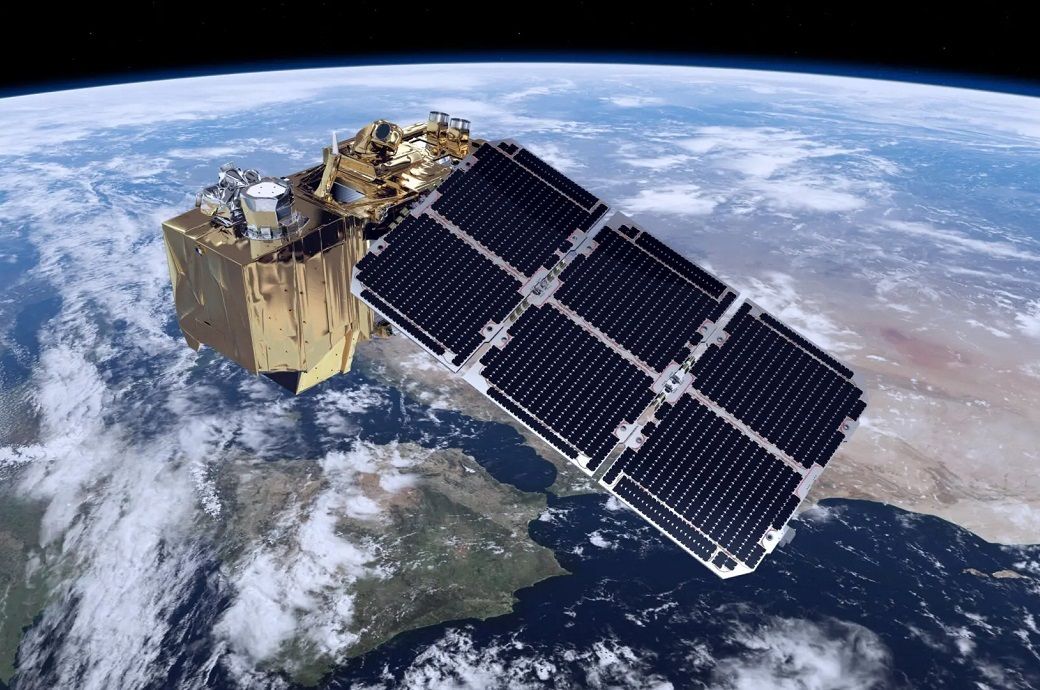
CmiA is working with Geocledian GmbH and the Tanzanian company Alliance Ginneries Ltd to extend these advantages to CmiA partner companies as well, the organisation said in a press release.
Since May 2023, CmiA and its project partners have been working to harness the many advantages of remote sensing for the benefit of cotton production south of the Sahara.
“We are thrilled to be partnering with CmiA on this project. CmiA takes a systematic approach to sustainability, and remote sensing makes it possible to provide proof of its success as far back as the cotton fields,” stated Stefan Scherer, the CEO of Geocledian.
With the preparatory phase complete, the project is now being implemented. As part of its launch, staff members of companies including Alliance Ginneries were successfully trained by experts from Geocledian in collecting GPS data, and workflows for using GPS data collection equipment were optimised.
The collection of GPS data is crucial for remote sensing projects. For one, GPS data allows the precise location of fields marked for investigation to be identified. For another, it is important for evaluating satellite data using machine learning. This matters because the next priority is to conduct land-use classifications with the aid of a computer algorithm. The fewer errors the GPS data contain, the better the algorithm is able to analyse satellite data, field by field.
To achieve this goal, Geocledian is reviewing the collected GPS data for both geometric and topological accuracy and is creating time series for the surveyed fields. The underlying data is sourced from the Earth observation satellites of the Sentinel-2 space mission. Once the information has been collected, a computer model for classifying cotton fields is trained using remote sensing data and machine learning. After the findings are validated, they are made available to the Tanzanian project partner.
The objective of the remote sensing project is to support CmiA partner companies with the annual mapping and registration of cotton fields. Using the validated data, they can also observe the phenological status of the cotton fields. This makes it easier to identify anomalies and to take any necessary countermeasures in order to ensure a good harvest. It is also a great help with regard to compliance with CmiA sustainability criteria.
“Future-proofing is crucial, as is being prepared to take advantage of any technological opportunities that arise to help support the smallholder farmers. The CmiA standards’ work in the coming years will focus on making major progress in advancing the cotton sector in Africa South of the Sahara and in making it more sustainable through sensible and feasible innovations. The remote sensing project has great potential in this regard,” explained Tina Stridde, the managing director of the Aid by Trade Foundation, regarding how cotton production in Africa is facing upheaval.
Fibre2Fashion News Desk (NB)